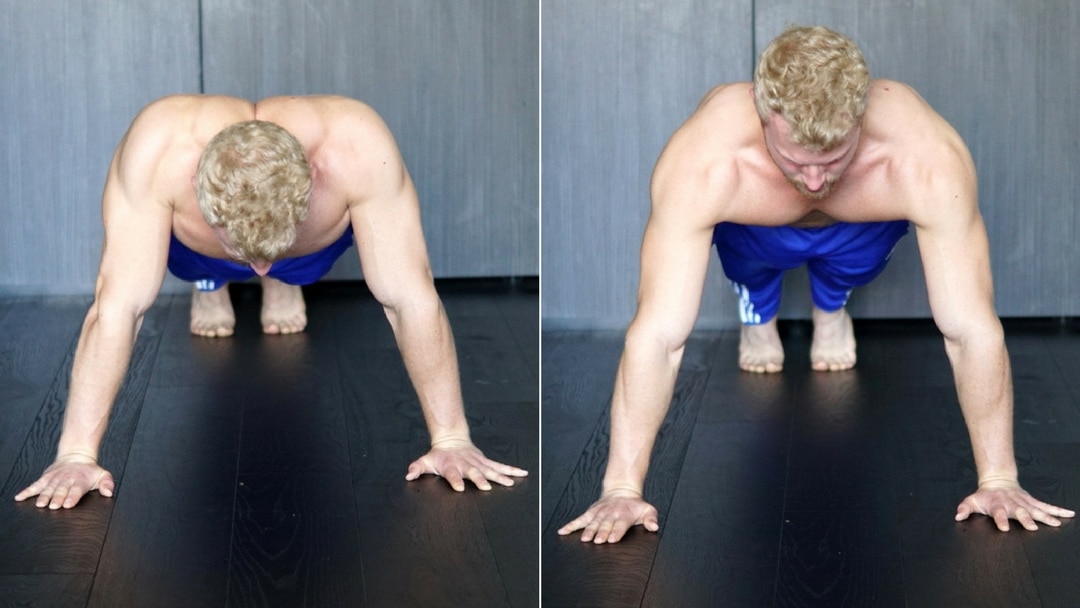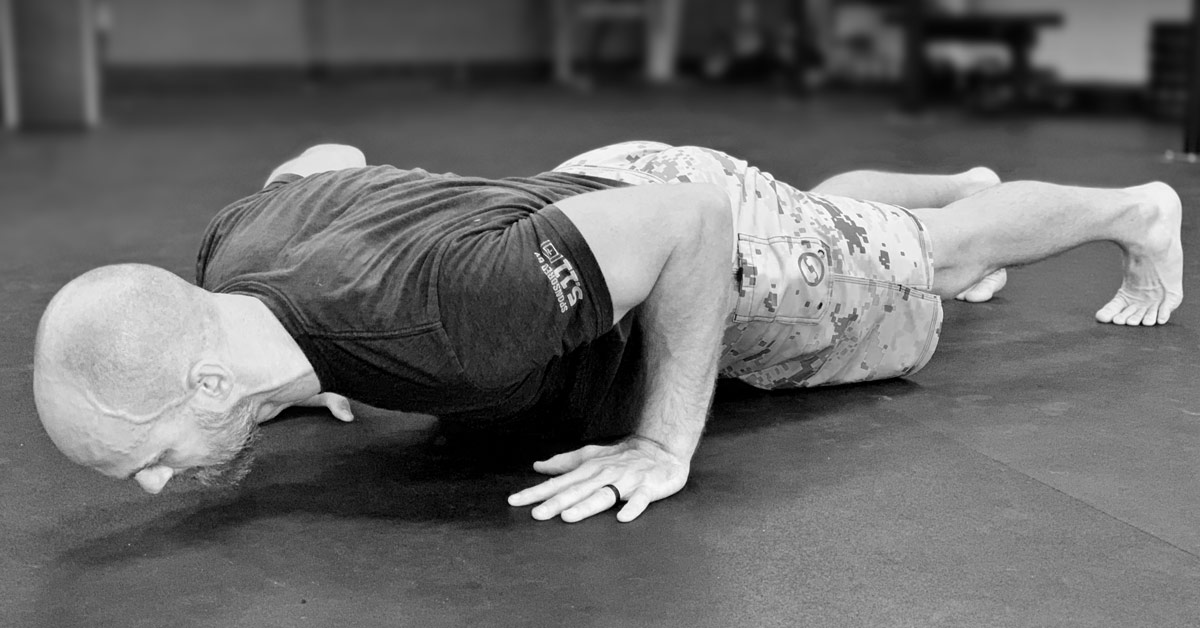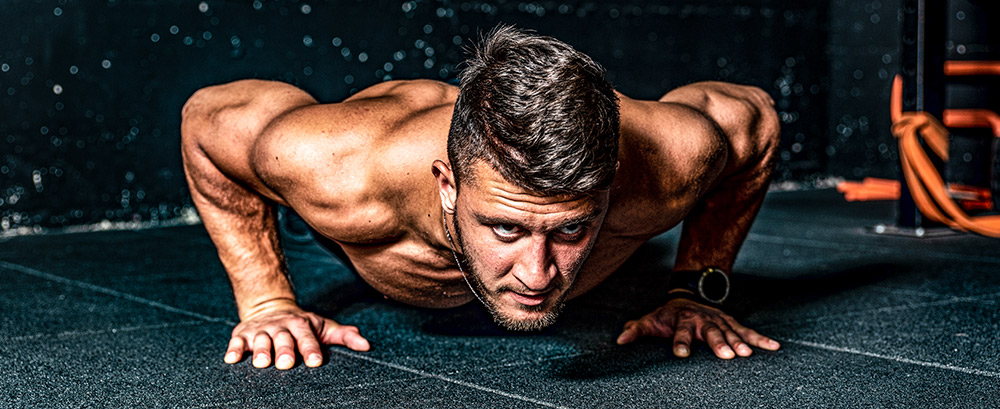watchnerd
Level 8 Valued Member
I'm a little puzzled by part of the instructions for the top position of a perfect push up with regard to the scapula.
In this article (by @Karen Smith ) it says:
"7. Corkscrew your shoulders into their sockets and visualize making an “X” on your back"
Maybe I'm misunderstanding the cue, but to me the 'make an X' cue sounds like retracting the shoulder blades as if it were a bench press.
But the usual cue amongst the bodyweight crowd is to be fully protracted at the top, including from the start, in order to work the serratus anterior better, which looks like the right hand side of this picture (although this pic is showing a scap push up):

Am I misunderstanding the cue?
Or does Strongfirst have a different point of view regarding being in full scapular protraction at the top of a push up?
In this article (by @Karen Smith ) it says:
"7. Corkscrew your shoulders into their sockets and visualize making an “X” on your back"
Maybe I'm misunderstanding the cue, but to me the 'make an X' cue sounds like retracting the shoulder blades as if it were a bench press.
But the usual cue amongst the bodyweight crowd is to be fully protracted at the top, including from the start, in order to work the serratus anterior better, which looks like the right hand side of this picture (although this pic is showing a scap push up):

Am I misunderstanding the cue?
Or does Strongfirst have a different point of view regarding being in full scapular protraction at the top of a push up?
Last edited:





